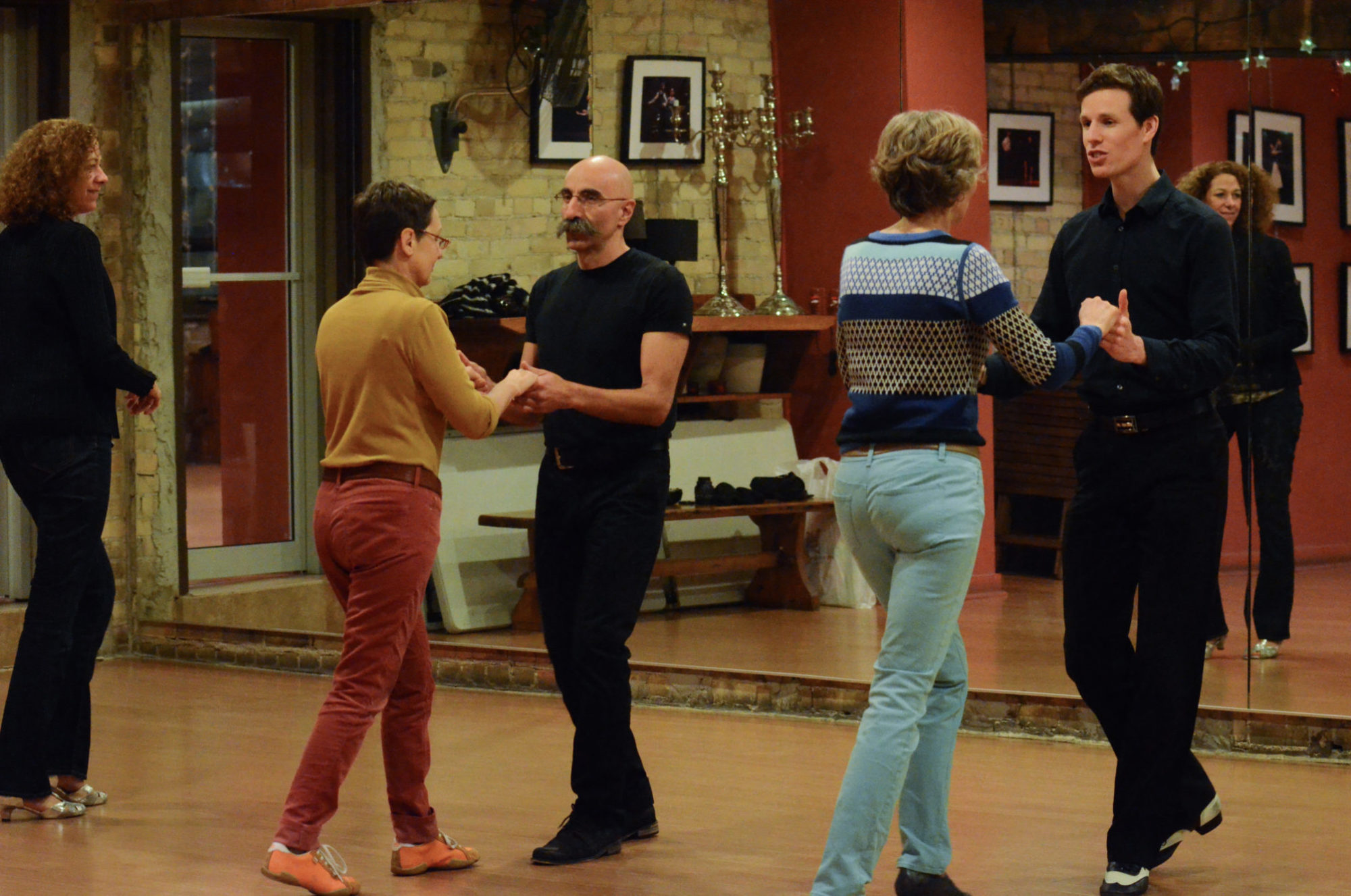If you’re dancing for fun, the answer to ‘how often should I practice my dancing?’ is really up to you. But say you’re not satisfied with that. Say you want to get the most out of your lessons and not risk lagging behind in class. For my private-lesson students, I always advise practicing between lessons, so when they come back they are more comfortable with the material and we can move on to more exciting steps and technique.
In this article, we look at the feasibility of practicing on a busy schedule, how long you should practice, and even how to practice more effectively.
Practicing VS your routine
‘But Ian’ you say, ‘I work 8 hours a day and have a 1 hour commute. Plus I’m exhausted when I get home. I just don’t have the time or energy to practice.’ Well, how about your weekends? How about BEFORE you leave in the morning? Is there a quiet place you can go to on your lunch break? The majority of students I’ve had who claimed they didn’t have time to practice changed their minds when we actually started going over their schedule. Nearly all of us can squeeze in at least 5-10 minutes somewhere.
If you find yourself resisting changes to your daily routine, start small. Practice your basic steps during commercial breaks on TV, or when you have a elevator alone to yourself.
Try and commit to 5 minutes of practicing per day, or a larger amount a couple times a week, if that works better. Remind yourself what you’re doing this for - want to feel good on the dance floor? Practicing during the week can cut in half the time it takes to get there.
How should I practice?
The vast majority of us practice things mindlessly; that is, repetitions without any conscious thinking. The problem starts when bad habits start creeping in while our brain sleeps, and we start practicing those as well. It also takes a lot longer for the practice to stick in your head - I didn’t learn as much in the classes I daydreamed in either.
When you practice, focus intensely on how you think it should feel, and why it didn’t necessarily feel as good in practice. Say you tend to overbalance on your turns. Ask yourself questions: why did I lose balance? Did I lose balance at the end or the beginning of the turn? What could I be doing that throws my balance off? Then experiment with different ways of doing it. Think about what tends to improve it, and what tends to make it worse. Not only are you now getting more out of your practice, you are building your confidence as a self-correcting dancer.
How long should I practice?
I always liked the 3:1 rule from Shall We Dance: 3 hours practice for 1 hour of lessons. Many people find that a bit much though, so that might drop to a 1:1 ratio realistically. And yes, there is such a thing as practicing too much, so respect your body and your mind: if something is starting to really hurt, or your focus was great before and now it’s wavering, it’s time to stop. Practicing consciously will get you to the same place in much less time, so keep watching yourself, taking breaks when you start to shift to auto-pilot.
Ultimately dancing is much like any other skill, or indeed life itself: You only get what you give.
